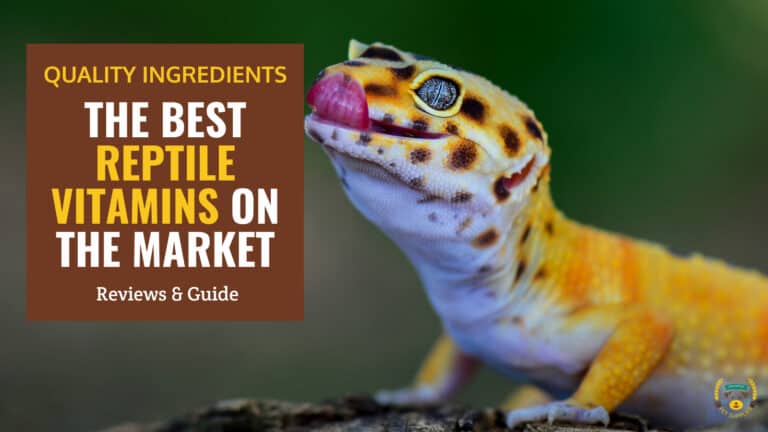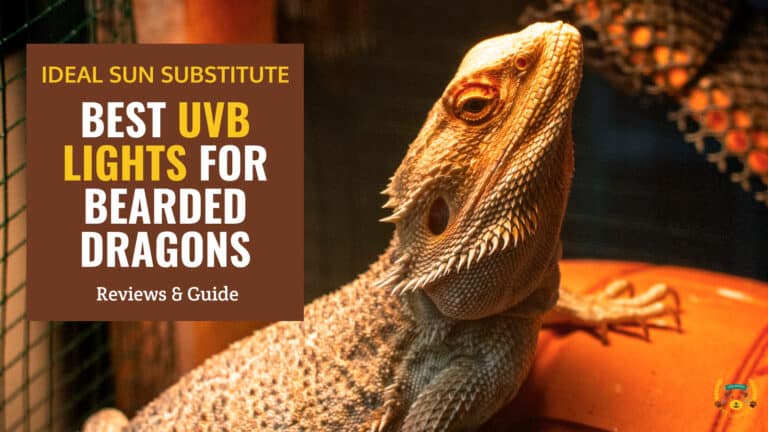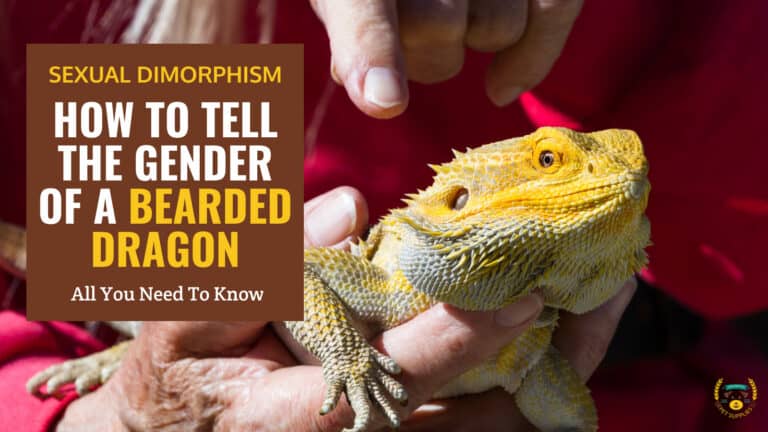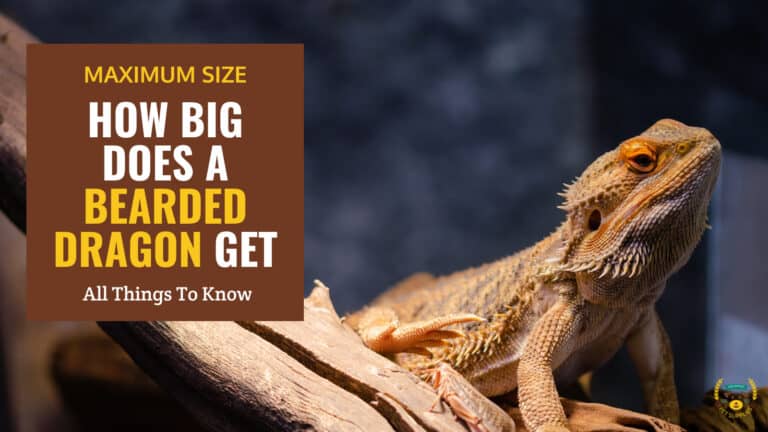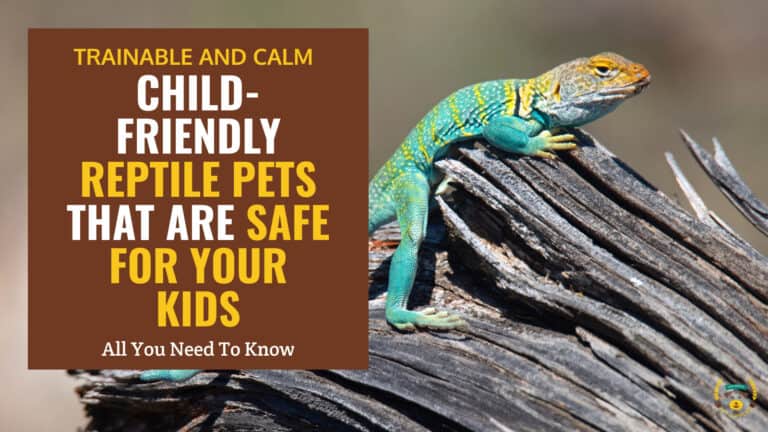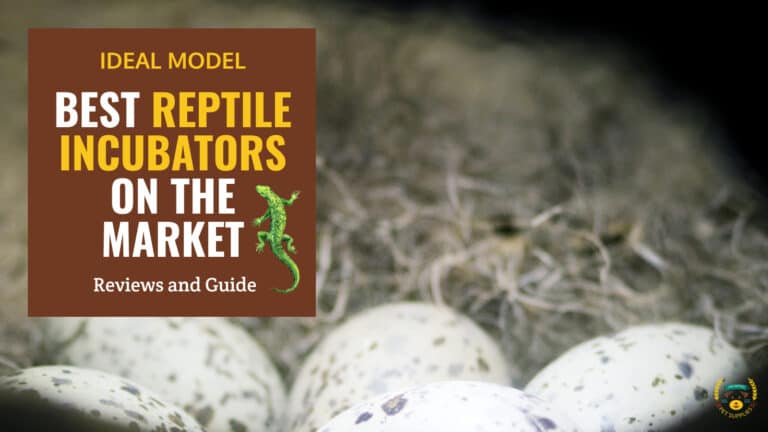What Is the Difference Between a Reptile and An Amphibian?
Last updated: March 15, 2024
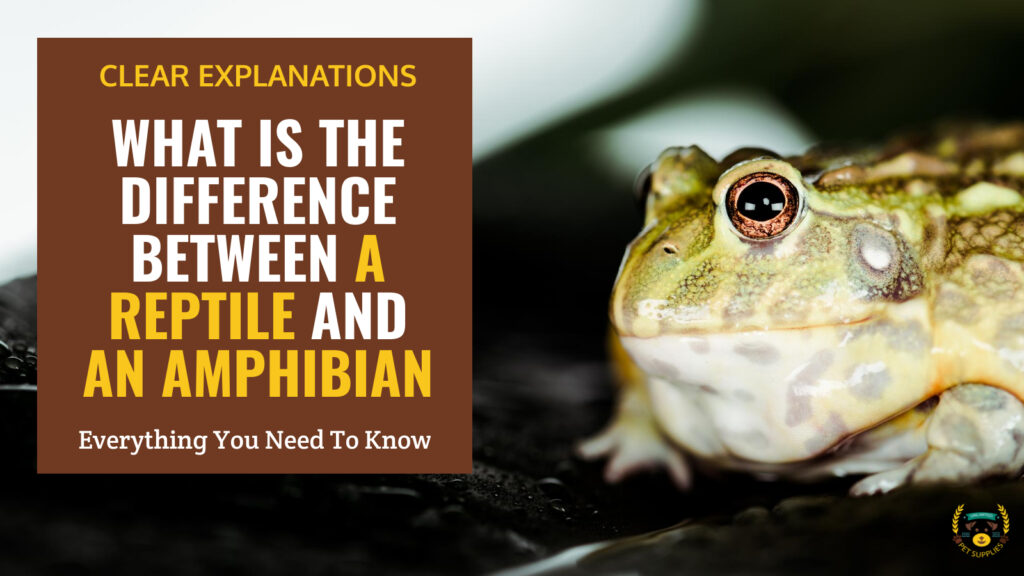
Summary
- Amphibians and reptiles are tetrapods with divergent skin types: moist for amphibians and scaly for reptiles.
- Amphibians undergo metamorphosis; reptiles do not.
- Both are ectothermic but use different strategies for temperature regulation.
- Amphibians need wet environments for reproduction; reptiles are more habitat-diverse.
- Environmental threats are causing declines, particularly in amphibians.
- Conservation efforts, like CITES, work to protect both groups.
Have you ever wondered about the differences between amphibians and reptiles? At first glance, these cold-blooded creatures seem quite similar—scaly skin, four legs and an affinity for damp habitats. Dig deeper and striking contrasts emerge in their anatomy, reproduction, and actions.
This article explores the key areas where amphibians and reptiles diverge, including body structure, breeding behavior and general conduct. Through insightful examples and clear explanations that are easy to grasp, it illuminates exactly how these two classes of vertebrates are set apart.
Read on to uncover eye-opening truths about amphibians versus reptiles!
Defining Reptiles and Amphibians
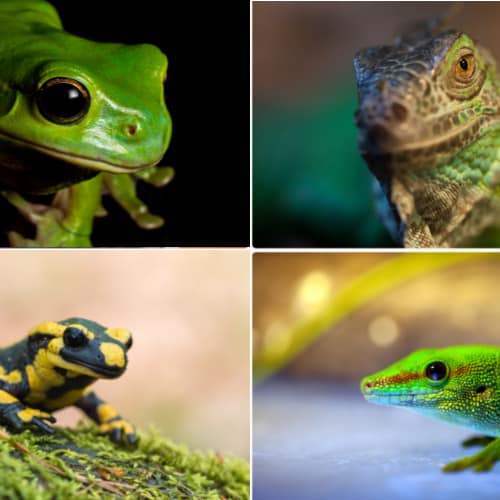
Reptiles and amphibians fall under the taxonomic clade Tetrapoda as vertebrates with four limbs. They share common ancestral origins, having evolved from fish-like tetrapods over 300 million years ago. However, key distinguishing features separate modern amphibian and reptile groups.
Amphibians encompass frogs, toads, salamanders, newts, and caecilians. They are characterized by smooth, moist skin without scales. Most amphibians undergo a larval stage, followed by metamorphosis into adults adapted to live both in water and on land.
In contrast, reptiles include lizards, snakes, turtles, crocodilians, and tuatara. Reptile skin contains tough, dry scales or scutes to prevent water loss. Rather than a distinct larval phase, young reptiles resemble smaller versions of the adults. Modern reptiles are fully terrestrial, although some marine turtles and sea snakes exhibit secondarily aquatic adaptations.
Main Differences Overview
While amphibians and reptiles share common anatomical features of tetrapod vertebrates, they diverge significantly in aspects of their physiology, habitat requirements, reproduction, and life histories. Key differences this article will explore in the upcoming sections involve the following:
- Skin and temperature regulation
- Water dependence across life stages
- Patterns of metamorphosis and development
- Evolutionary origins and extant diversity
- Susceptibility to population declines
Understanding these distinctions provides greater insight into the pressures that have shaped these two critical components of terrestrial and aquatic ecosystems. Recognizing shared threats and conservation needs is also vital for herpetofaunal preservation.
Physical Characteristics
A reptile's scales and an amphibian's smooth skin represent key differences arising from their distant evolutionary origins. These external coverings correlate to varied temperature regulation strategies, tolerances, and dependence on environmental conditions. Inner anatomical distinctions also separate amphibian and reptile form and function.
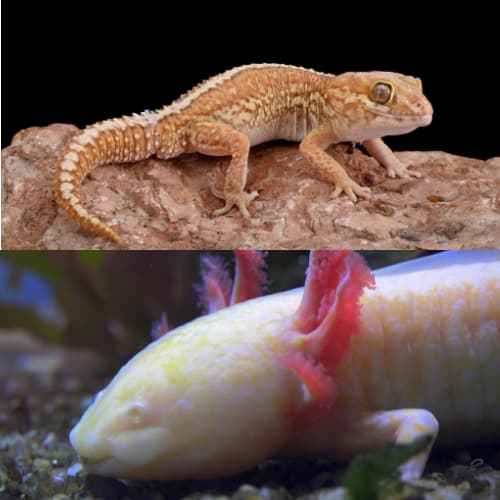
Skin Type and Coverings
An amphibian's skin is glandular, soft, and permeable to water and oxygen. It contains mucus glands to keep the skin moist, along with chromatophores that enable color change. This allows for cutaneous respiration through the skin in some species.
In contrast, reptiles have tough, dry skin covered in scales or scutes (as in turtles and crocodilians). Their waterproof skin prevents desiccation in terrestrial environments. Reptilian skin incorporates bony deposits like osteoderms for armor, along with horny beta-keratin similar to hair and nails.
Both groups produce amniotic eggs, but moisture levels differ. Reptile eggs have calcareous shells and internal membranes that prevent water loss. Amphibians lack this protection, requiring moist environments to prevent eggs from drying out.
Temperature Regulation
Amphibians are ectothermic, relying on external heat sources to regulate body temperature. Most reptiles are also ectothermic, but some species exhibit a range of thermoregulation strategies. For instance, pythons and boas employ shivering thermogenesis; leatherback sea turtles have counter-current heat exchangers to maintain core temperature.
Temperature affects amphibian and reptile energy, foraging, reproduction, and susceptibility to disease. Behavioral adaptations like basking, shade-seeking, and hibernation during temperature extremes help mitigate environmental challenges.
Life Stages and Metamorphosis
Another key distinction lies in amphibian larval stages. Frogs, toads, and salamanders hatch into larvae (tadpoles or efts) quite distinct from the adult form. After a period of growth and development, they metamorphose into a terrestrial or semi-aquatic state.
In contrast, baby reptiles emerge looking much like smaller versions of adults, without dramatic morphological shifts from larval to mature stages. They simply grow over a series of molts by shedding and replacing their skin until they reach adult size.
Habitats and Lifestyles
The dependence on moisture and water bodies that distinguishes amphibians from primarily terrestrial reptiles drives key differences in their habitats, aestivation/hibernation behaviors, and general lifestyles.
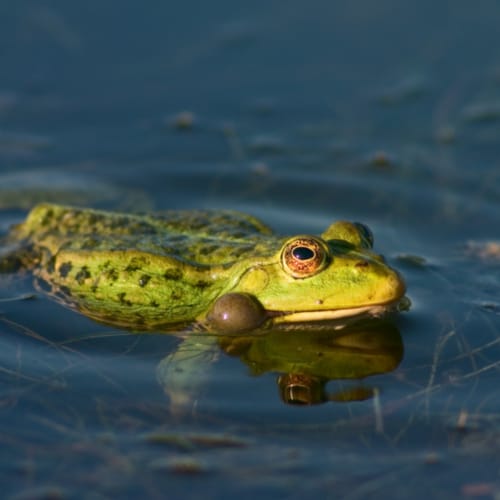
Water Dependence
Most amphibians have glandular, highly permeable skin that makes them vulnerable to desiccation. They require a moist environment to prevent their skin and eggs from drying out. Even rather terrestrial species remain tied to humidity, rainfall, and localized water sources.
Beyond the larval stage, most aquatic adult amphibians can breathe through their skin, gills, and simple lungs. Cutaneous respiration allows gas exchange across moist skin surfaces. This means proximity to water bodies remains essential even after metamorphosis.
In contrast, the scaled skin of reptiles enables them to exploit more arid habitats. Snakes, lizards, and terrestrial turtles have adapted to xeric environments far from water access. Marine reptiles exhibit traits like salt-excreting glands that permit ocean dwelling.
For those interested in embracing the reptile world as pet owners, beginning with low-maintenance and docile species is crucial. Our guide to the best pet snakes for beginners provides valuable insights on selecting a snake that is well-suited for beginners.
Terrestrial Living
While a few ancient amphibian groups evolved features to exploit terrestrial life, the extant amphibians of today exhibit only semi-terrestriality. In contrast, reptiles have radiated extensively into terrestrial biomes globally, aided by amniotic eggs, impermeable skin, and adaptations for retaining moisture internally.
Specialized features like the reinforced shell of turtles, keeled scales on snakes, and limb modifications in lizards facilitate fossorial, arboreal, and cursorial lifestyles. These expand the habitat range that reptiles can inhabit relative to amphibians.
Hibernation/Aestivation
Both amphibians and reptiles employ dormancy behaviors to survive extremes in temperature, moisture, resource availability, and other environmental conditions. Estivation or summer sleep allows animals to conserve energy and water when conditions are too hot and dry. Hibernation enables surviving cold periods.
Reptiles can retreat underground or modulate metabolic rates to persist through more extreme dormancy. The vulnerability of amphibian skin means they must maintain access to moisture even when otherwise inactive over months of seasonal change. This further highlights the constraints of water dependence on amphibian habitats and lifestyles.
Taxonomy and Evolution
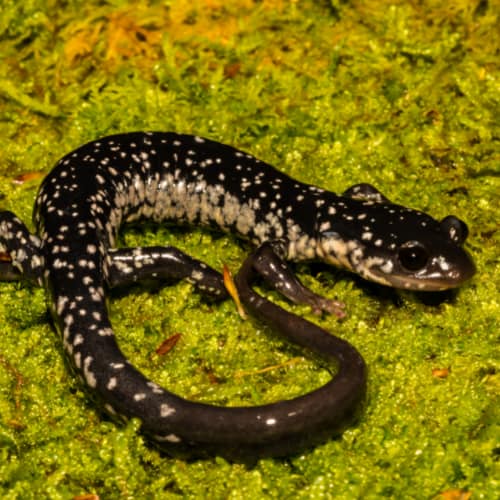
While amphibians and reptiles share common anatomical features as tetrapods, they diverged from distinct lineages over 300 million years ago. Their evolutionary histories and modern taxonomies highlight key genetic and phylogenetic distinctions.
Evolutionary Origins
Both groups originated from lobe-finned fishes that adapted to terrestrial living in the Devonian period. However, amphibians and reptiles split into separate subclasses early in their evolution.
Modern amphibians comprise the clade Lissamphibia. These share a common amphibian ancestor distinct from the Amniota genus that gave rise to reptiles, birds, and mammals. Unlike amniotes, amphibians never developed key adaptions like the amniotic egg.
In contrast, reptiles fall under the sauropsid branch. This diverged from synapsid amniotes like mammal predecessors. Reptiles are further divided into anapsid turtles, diapsid archosaurs (crocodilians, dinosaurs) and lepidosaurs (lizards and snakes), among other groupings.
Extant Families
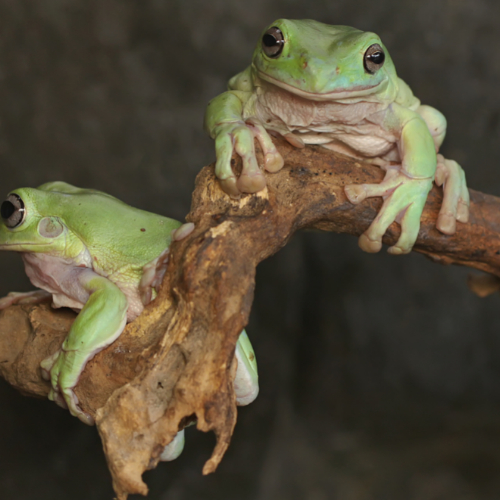
Today's amphibians encompass frogs and toads (Anura), salamanders and newts (Caudata), and caecilians (Gymophiona). These three orders emerged at different periods, but all descend from common ancestors distinct from reptilian lineages.
Modern reptile diversity spans turtles (Testudines), crocodilians (Crocodilia), tuatara (Rhynchocephalia), lizards (Squamata), and snakes (Squamata). There are over 10,000 reptile species alive today compared to around 8,000 amphibian species.
Threats and Conservation
Despite over 300 million years of evolutionary success, both amphibians and reptiles face severe population declines today. Habitat loss, climate change, pollution, invasive species, unsustainable trade, and infectious diseases threaten global herpetofaunal diversity. Protective actions are vital.
Population Declines
Amphibians are the most rapidly declining vertebrate group, with over 40% of species threatened with extinction. Reptiles are also increasingly endangered, though less conspicuously than amphibian die-offs.
The exact causes often remain complex and multi-factorial. However, habitat destruction and fragmentation underlie most declines by reducing resources, isolating groups, and facilitating disease transmission.
Protective Legislation
Legal conservation initiatives like CITES regulate the wildlife trade impacting herpetofauna. Designating threatened species status prompts protective actions like regulating collection, captive breeding programs, and habitat restoration projects.
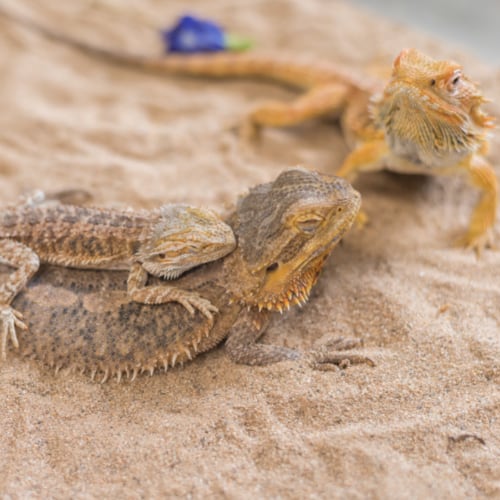
Community education and local protections are also essential for preserving wetlands, migration corridors, nesting sites, adequate prey, and other ecosystem elements amphibians and reptiles rely on.
Captive Breeding Efforts
Ex-situ conservation centers, zoos, aquariums, and research facilities maintain assurance colonies of vulnerable amphibians and reptiles. These captive breeding and reintroduction programs preserve genetic diversity and can reestablish wild populations.
Carefully managed temporary removal of adults or eggs for captive propagation support at-risk species. However, habitat protection remains crucial for supporting reintroduced populations over the long term.
Frequently Asked Questions
In this section, we will provide answers to the most frequently asked questions related to the topic at hand. The goal is to make things as clear as possible.
Are amphibians a type of reptile?
No, amphibians and reptiles are distinct taxonomic groups that diverged from different evolutionary lineages hundreds of millions of years ago. However, they are both tetrapods (four-limbed vertebrates).
Do amphibians lay eggs?
Yes, amphibians lay jelly-like eggs lacking calcareous protective shells. This means they must lay eggs in moist environments to prevent desiccation. After hatching, most amphibians go through a distinct larval phase (as tadpoles or efts) before metamorphosing into adults.
Are all reptiles egg-layers?
Most are, but some snakes and lizards bear live young. All reptile eggs have leathery shells and internal membranes to prevent water loss, enabling them to develop on land without drying out.
What are the most endangered groups?
Amphibians are declining more rapidly, with over 40% threatened and high extinction rates. Major drivers include habitat loss, climate change, pollution, invasive species and disease. Various reptile groups are also increasingly endangered from similar pressures.
Can amphibians live out of water?
Most amphibian species require access to water sources or humid microclimates to prevent skin drying, even if semi-terrestrial. A few anomalures and desert rain frogs can withstand arid conditions by burrowing underground and producing cocoons during extended dormancy.
Do sea turtles breathe underwater?
Yes, sea turtles have adaptations like salt-excreting lachrymal glands that enable spending months submerged. Muscles pump water over specialized gill-like organs to extract oxygen, allowing dives over 1,000 feet deep.
How do greenhouse gases impact herpetofauna?
As ecosystems warm, seasonal shifts deprive amphibians of moisture and cooling refuges while expanding the ranges of reptile competitors and insect disease vectors. Acidification also disrupts amphibian development. Drought, wildfires, storms, and other climate change effects further degrade critical habitat.
Final Thoughts
While related as tetrapods, amphibians and reptiles exhibit key evolutionary divergences in anatomy, physiology, reproduction, habitats, and environmental responses. Still, they face shared extinction threats from habitat destruction, climate change, pollution, disease, and unsustainable trade.
As predators and prey play vital ecological roles, coordinated conservation efforts for both groups involve habitat protections, legal status changes, captive breeding programs, and public education campaigns.
While reptiles have radiated extensively into terrestrial biomes globally, many people enjoy them as pets, appreciating their diverse behaviors and manageable care requirements. For families considering a reptile pet, certain species are especially ideal for young handlers, offering both educational and interactive experiences for children without compromising safety.
Ultimately, preserving these iconic animal classes remains imperative, despite differences arising across hundreds of millions of years adapting to diverse niches. Recognizing their overlapping vulnerabilities and irreplaceable ecosystem functions is key.
Thanks for reading!

